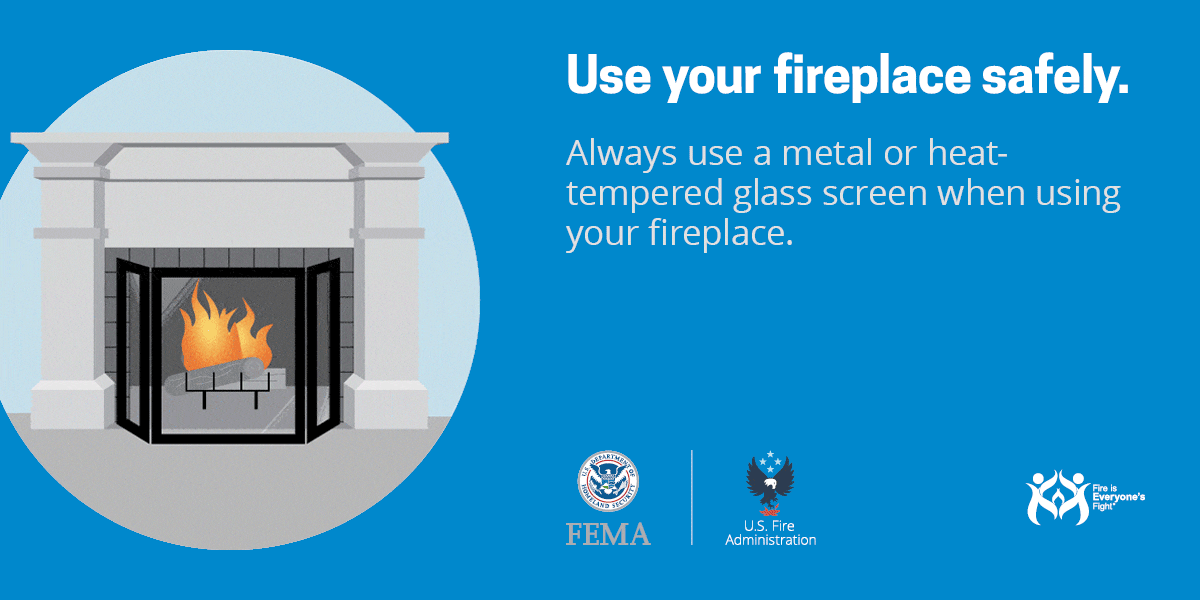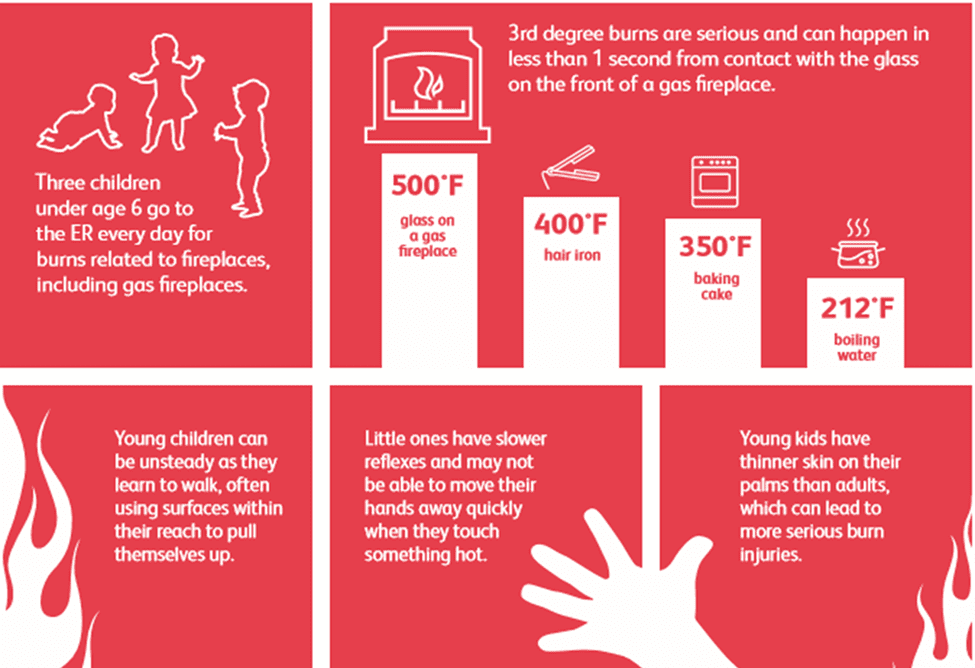

With the sudden arrival of fall and cooler weather, fireplaces are being put to greater use. Whether you use a gas or wood-burning fireplace, keep these tips in mind to ensure safety at home.
For wood-burning fireplaces:
- Always use a metal or heat-tempered glass screen to prevent sparks from landing on combustible materials in the room.
- Keep anything that can burn at least three feet away from the hearth. If possible, allow ashes and coals to cool in the area where you had the fire for several days.
- Fireplaces and wood stoves are designed to contain heat safely. When it is time to dispose of the ashes, transfer them to a metal container and wet them down. Do not add other combustibles to the container. Store cooled ashes in a tightly covered metal container. Keep it outside at least 10 feet from your home and any nearby buildings.
- Make sure ashes have cooled completely before disposing them in the dumpster or garbage.
- Have a technician do an annual check-up to make sure connections are tight and clean, the log insert is clear of debris, and the fireplace itself is free of residue and other materials that can build up during normal burning.
- Use your fireplace for short periods of time – hours, not full days.
- Do not leave your fireplace unattended and talk to your professional about leaving the pilot light on.
- Turn the fireplace off when not in use.
- Keep pets and young children at least three feet away, and place barriers around the fireplace.
- Stay attentive! Glass panels heat can up to 500 degrees F., hot enough to cause a severe burn in less than a second from contact. See diagram below for more:
